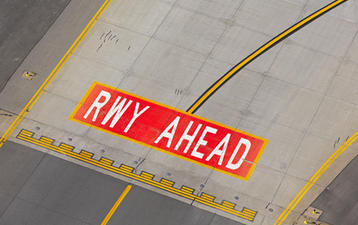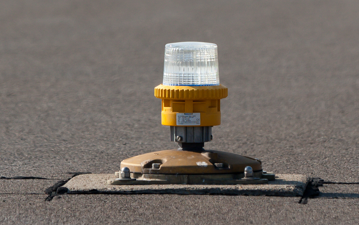Study on the regulation of ground de-icing and anti-icing services
EASA
If such a work programme were undertaken, it is expected that within 2 years de-icing / anti-icing operational standards will be generally higher than at present, harmonised more broadly across Member States, and introduce fewer risks into the aviation system
The six areas recommended for action are:
- Improving coordination between Industry and the NAAs.
- Collecting more safety data and analysing the existing risks.
- Ensuring regulations and guidance for air operations are comprehensive, unambiguous and practical.
- Conducting oversight activities to ascertain whether regulations are being harmoniously and consistently applied across Europe.
- Consider alternative regulatory means to support operators achieve acceptable service levels from their providers and to facilitate aerodromes and service providers in ensuring this.
- Engaging with all stakeholders to ensure that more focused research is conducted, and data gathered, into fluid qualities and performance.
Final Report
The Final Report contains 26 recommendations for action which are aimed at improving the safety of de-icing / anti-icing of aircraft during ground operations. The solutions recommended include voluntary and regulatory actions involving national authorities, air operators, aerodromes and service providers.
The Final Report consists of an introductory document (which we recommend you read first), an impact assessment, and a report on the cost of providing de-icing / anti-icing services. There are also two supporting spreadsheets – the cost model and the development of the 26 recommendations made in the report.
Interim Report
Also accessible is the Interim Report which is frequently referenced in the Final Report and as well as explaining the development of the final recommendations from the many possible and potential options the Interim Report also contains an analysis and summary of all the data collected from questionnaires and interviews from stakeholders.
Background
The danger posed by thickener residues from certain types of anti-icing fluids has been known for some time. Incidents in past years have led to a number of safety recommendations made to EASA by several Accident Investigation Bodies. EASA analysed all the issues and developed <link http: www.easa.eu.int ws_prod r doc npa a-npa-2007-11.pdf>A-NPA 2007-11. The Agency’s conclusions were drawn from the comments received to the A-NPA and were published in a <link http: www.easa.europa.eu ws_prod r doc>CRD document in 2008; amongst these conclusions were that most commentators wished the Agency find ways so that:
- An appropriate range and stock of thickened and un-thickened fluids to anti-ice aircraft is maintained and offered at each aerodrome receiving commercial air transport aircraft and;
- De-ice/ anti-ice service providers be approved.
airsight GmbH was commissioned by EASA to:
- Investigate and recommend the means by which Aviation Authorities of Member States manage matters with respect to the certification of service providers, and availability of fluids at aerodromes.
Contact Point:
For any information regarding this project, please contact directly one of the project coordinators at airsight:
Mr Edmond Bouchot
Telephone: +49-30-45803-177
Email: <link>e.bouchot@airsight.de
Mr Steve GarrettTelephone: +44-1249-819786Email: s.garrett@partners.airsight.de
Key Facts


